
The newest turn of America’s next-generation fighter drama is not an engineering advance, but an intersection of engineering realities, budget constraints, and procurement politics. With Lockheed Martin racking up soaring losses and the Pentagon’s plans for future air superiority grinding to a halt, the plan to redesign the single-engine F-35 into a twin-engine “F-55” has sparked fury among defense circles. The controversy exposes not only the daunting engineering tasks of such a conversion, but also the underlying doubts haunting U.S. airpower strategy as the Air Force considers resuming F-22 production, advocating for NGAD, or sinking more money into the F-35.

1. The Engineering Challenge: From F-35 to F-55
A fearlessness declaration has come out of the defense industry “The F-35 is a broken design too many of its basic problems are baked into the airframe,” said a Western defense industry source. The notion that all it takes is to add a second engine to the F-35 is dismissed as “marketing, not engineering.” All experts acknowledge that a real twin-engine F-35 would need a complete redesign of the fuselage, wing, tail, and stealth shaping. Retired US Air Force Lt. Col. Eric Gunzinger, who oversaw F-35 flight simulation testing, said, “The airframe is entirely based on a single engine.”

Placing two engines in it would be a total rework of not just the hardware and airframe, but also the software.” The outcome would not be a variant, but a completely different airplane one that would require years of development and tens of billions of new investment.” The challenge is as much about the jet’s physical integration keeping the F-35 low-observable with a two-engine configuration would necessitate a redevelopment of the jet’s entire geometry and material spectrum, as analysts pointed out.
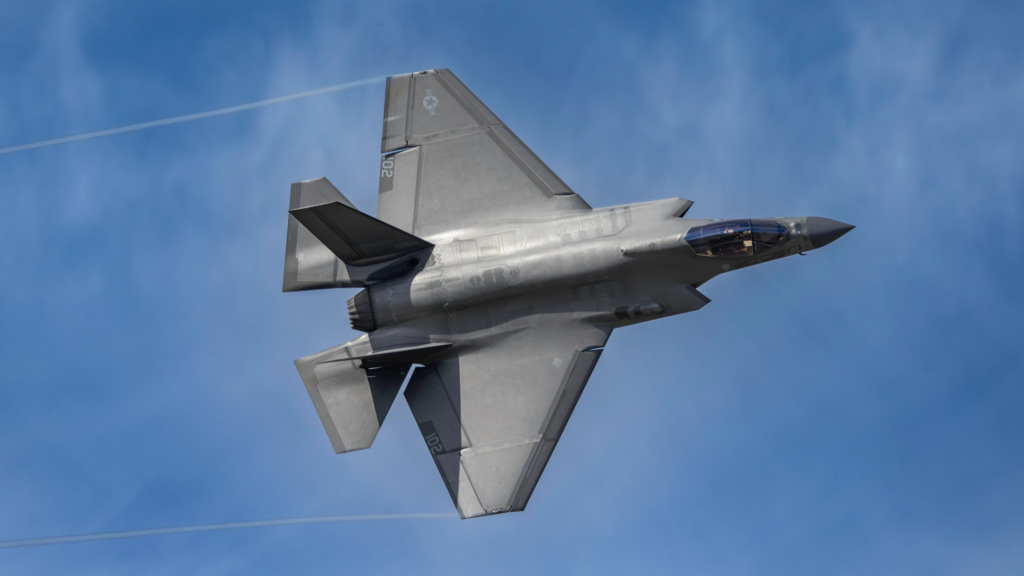
2. The Cost Burden on Lockheed Martin
F-55 timing comes at a harsh fiscal reckoning for Lockheed Martin. In Q2 2025, the company posted net income of $342 million compared to $1.6 billion in the same period last year, and a negative free cash flow of $150 million versus $1.5 billion positive in Q2 2024. These losses are because of overruns in legacy programs and internal audits, revealing what critics label as the result of “prioritizing sales over engineering.” As the source described it, “This is what happens when you prioritize sales over engineering.” Boeing went down that road in the commercial sector. Lockheed did it in defense, and the F-35 is the result. The cost pressure is not merely a quarterly dip it is a manifestation of underlying weaknesses in the F-35 program, which continues to be the backbone of Lockheed’s defense business.
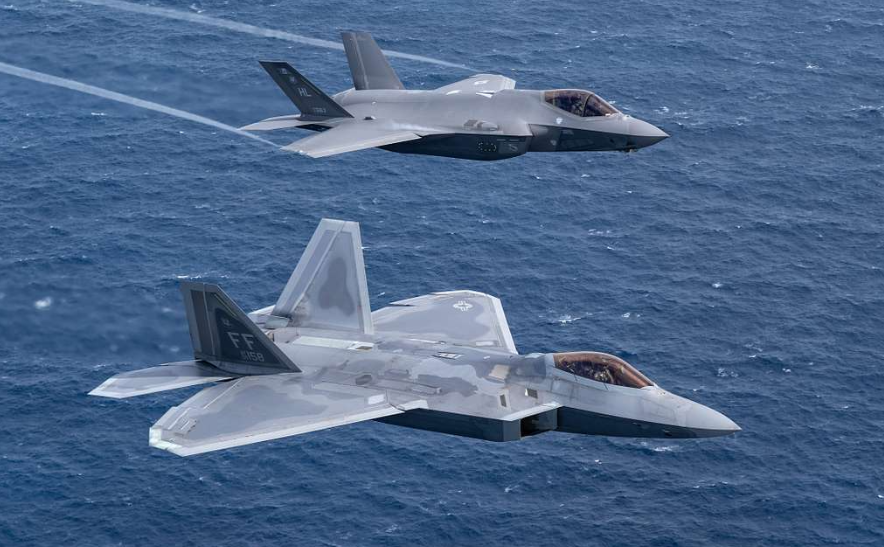
3. Strategic Procurement Crossroads: F-55, F-22, or NGAD?
President Donald Trump’s May 2025 call for a twin-engine F-55 as well as an improved F-22 at Qatar has compelled a fresh bout of strategic introspection. Trump asserted, “It’s going to be also with two engines because the F-35 has one engine. I don’t like single engines.” But, as previous Air Force Secretary Frank Kendall put it, “A two-engine variant of F-35 would be essentially a complete redesign.” It’s something that was never offered and that we never discussed.” The argument is not merely about engineering it is about prioritizing resources. “The Air Force simply can’t afford another big fighter program, Gunzinger pointed out, adding that both the F-55 and Boeing’s NGAD would vie for the same dwindling pool of procurement dollars.

4. The F-22 Raptor: A Tempting, Expensive Resurrection
Most analysts and insiders view opening the F-22 line as a more realistic option than the F-55. The Air Force’s own analysis, drawing on RAND’s analysis, puts non-recurring start-up costs at nearly $10 billion and a unit cost of $206–216 million for new Raptors in the event 194 more aircraft were made under recently released documents. Though 95% of the original production tooling still exists, main facilities are reused in the F-35, and essential subsystems such as the AN/APG-77 radar and F119 engine would need redesign and requalification. “The startup costs are substantial and very costly The chief has tasked a fighter roadmap.” Our intention is to invest whatever assets we have in that roadmap and not in resurrecting a line from an older aircraft, Air Force Secretary Heather Wilson stated in 2024. However, the F-22 is still the only American fighter to regularly best the F-35 in air combat competitions, and some contend that an updated Raptor possibly with collaborative combat aircraft (CCA) drone integration can fill the gap until sixth-generation platforms materialize as envisioned in recent acquisition studies.
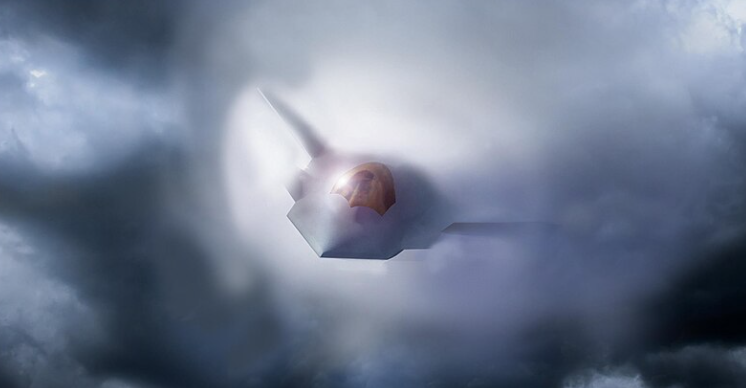
5. NGAD and the Technology Gap
The Next Generation Air Dominance (NGAD) program was envisioned as the real follow-on to the F-22, with sixth-generation capabilities in the form of advanced armaments, AI, and symbiosis with unmanned systems. Today, though, the program is shelved while the Air Force rethinks its requirements, design ideas, and budgetary realities. Early cost projections of $300 million per aircraft have been found unrealistic, and Secretary Kendall is now suggesting a target price of $80–100 million a widely regarded unrealistic price for a platform of NGAD’s scope based on Air Force briefings. The NGAD slowdown highlights the larger uncertainty in U.S. air dominance planning, as the service considers the advantages of a “family of systems” concept merging manned aircraft and AI-powered drones against the cost and complexity of introducing a new manned platform.
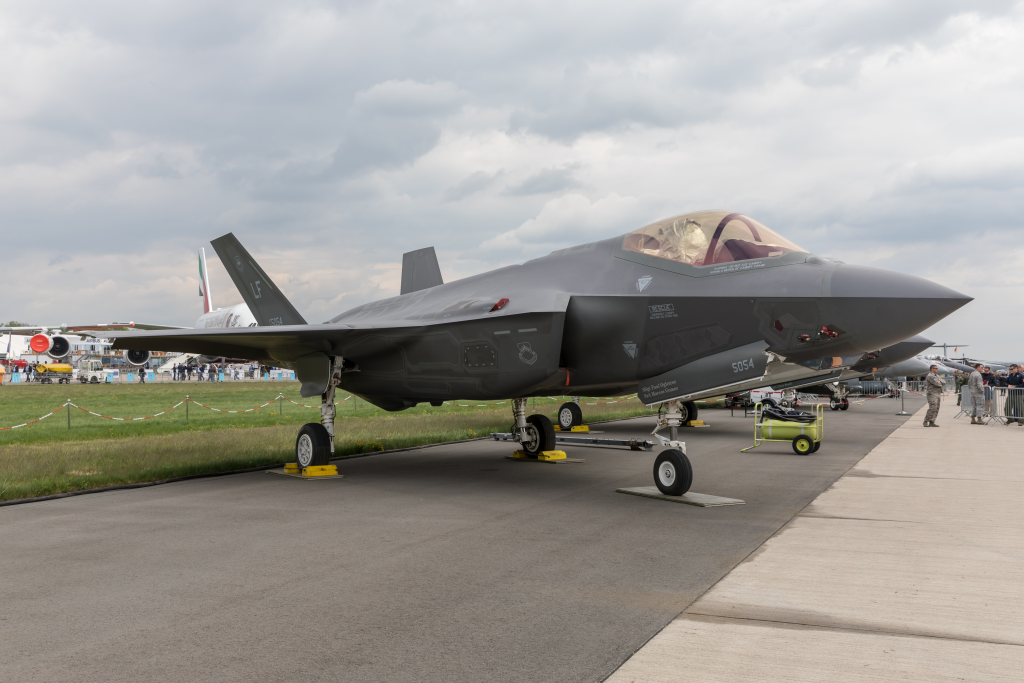
6. Design Trade-Offs and the Twin-Engine Stealth Conundrum
The temptation of a twin-engine aircraft lies in operational redundancy and survivability, but the engineering trade-offs are staggering. The F-35’s one Pratt & Whitney F135 engine produces 43,000 pounds of thrust, and the F-22’s dual F119s together produce 70,000 pounds. Piling on a second engine for the F-35 would require not just a stronger and larger airframe, but new stealth shaping and intake designs to maintain low observability. As analyst J.J. Gertler wrote, “When you put a second engine on an F-35, it ceases to be an F-35.” There is no space in today’s airframe for a second engine. You might be able to retain the combat system and even the cockpit, but you really must design the rest of the aircraft around it. What you get is a new airplane in all but name, one that would probably duplicate the NGAD or F-47 in size, price, and mission.
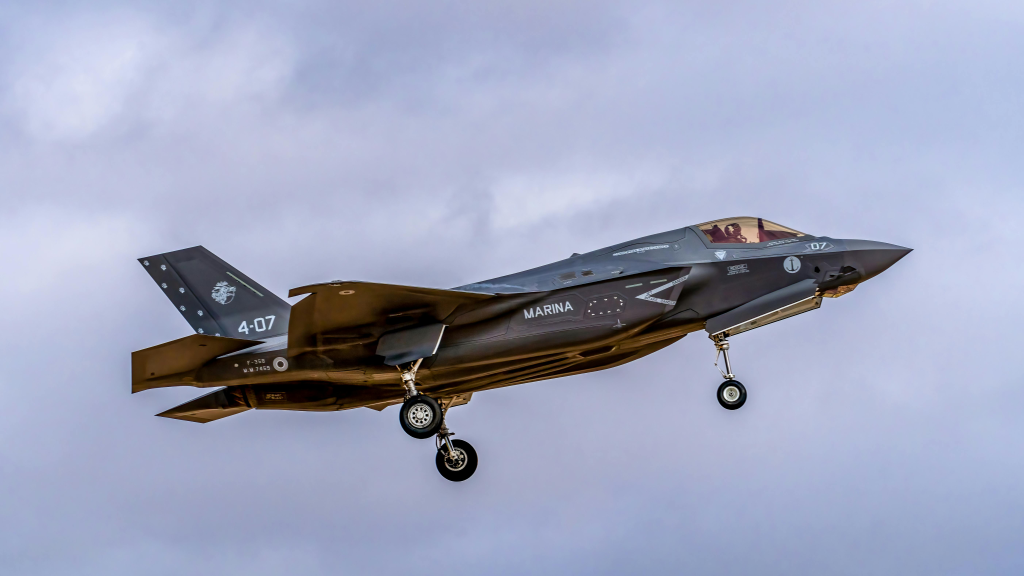
7. The Procurement Culture and Political Dynamics
Underlying the technical arguments is a procurement culture driven by political agendas and sunk investments. As one insider described it, “These kinds of proposals are seldom about capability. They’re about keeping development dollars flowing after losing a big program like NGAD.” The urge to repackage existing designs or offer “super upgrades” is as much about survival at budget time as it is about new technology. The F-35’s worldwide production volume more than 1,100 delivered and 150 produced per year makes it a “deal” in per-unit price compared to boutique programs such as the F-22 or NGAD, but also commits the Pentagon to long-term sustainment and upgrade obligations.
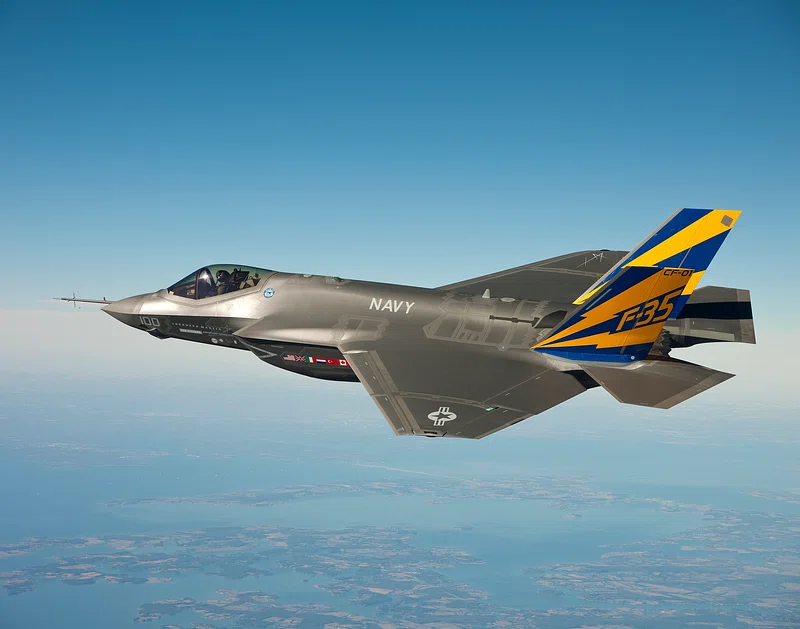
Even the Air Force leadership has recognized the challenge to balance best solutions with resources “The task is nearly always to make mission with the resources and assets you have at your disposal,” concluded one recent analysis in a review of F-35 and NGAD trade-offs.
While the F-55 debate continues to rage, the actual story is not one of engines and airframes, but of the choice facing U.S. airpower doubling down on legacy programs, betting on expensive new starts, or embracing a more open, integrated strategy for air dominance in an era of limited budgets and rapidly accelerating technological change.

